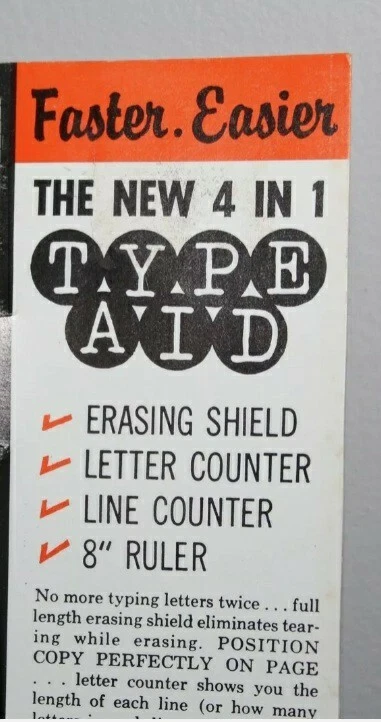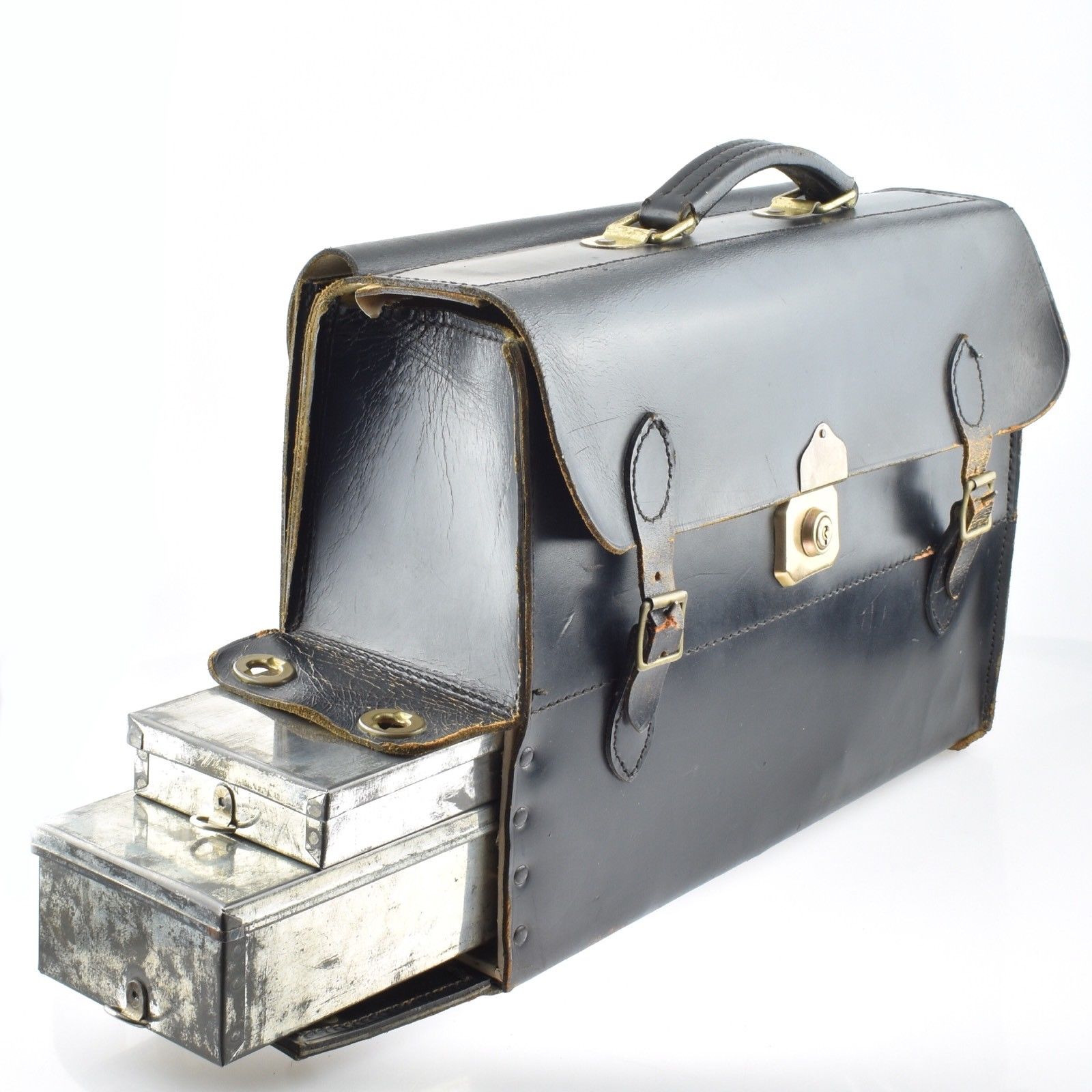Hunting for Typewriter Accessories - YouTube<br />
by [[Just My Typewriter]] - Sarah Everett
accessed on 2025-11-01T22:07:29
Estate sales often have interesting office supplies and paper in desks.
2:45 typewriter ribbon tins; made out of tin, cardboard, paper<br />
sometimes tins come with spools or spare parts
5:35 Typewriter ribbon display kits and pieces
6:58 Typewriter case keys<br />
She's collected images of case keys to know what to buy.<br />
She's got a buying guide on her website with photos.
10:04 Typewriter key tops
13:20 typewriter brushes and cleaning products, blower brushes, typeslug cleaners,
15:25 Typing books, user manuals, Typatune,
16:29 Typewriter toys; often in the $25+ range
17:23 Typewriter advertisements<br />
Sarah often purchases these online and uses them in her videos.<br />
Underwood fingernail polish advertisements
19:15 Typewriter playing cards (advertisement)
20:13 Typewriter related postcards
20:45 Typewriter books:<br />
- references; lots online;
- Anthony Casillo - Typewriters (coffee books)
- Michael Adler: Antique Typewriters
- Paul Robert and Peter Weil
- Iron Whim by Darren Werschler-Henry
- non-fiction, history,
- books written by other collectors<br />
- Tom Hanks' Uncommon Type<br />
- Olivetti by Allie Millington
Crescent City Books in New Orleans - has typewriters as decoration
25:03 Typewriter community collectors/creators<br />
- Lucas Dul - The Williams Typewriter (Loose Dog Press)
- Loose Dog Press series<br />
- Woz Flint - The Distraction-Free First Draft<br />
- Richard Polt - The Typewriter Revolution (after thought)
28:43: Typewriter Magazines
- ETCetera
- Novellum Magazine (Writing related)










